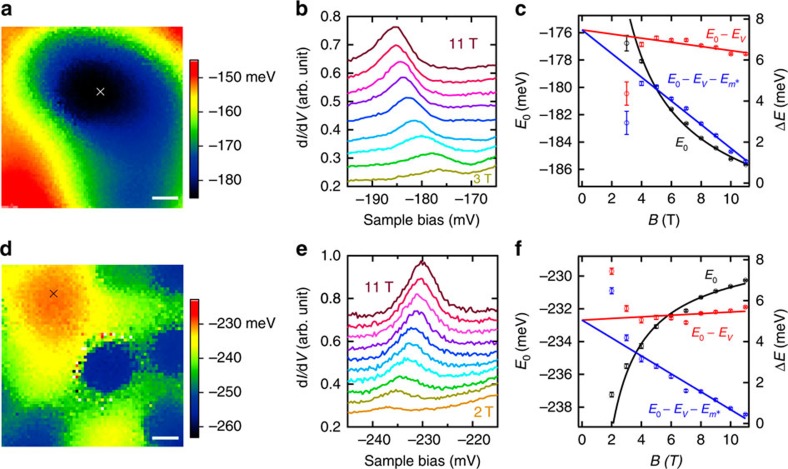Figure 3. Surface g-factor measurement on Bi2Se3.
(a) Potential landscape of Bi2Se3 obtained by mapping E0 at 11 T showing a potential minimum. The centre of the potential minimum is determined by the 2D parabolic potential fitting and is marked as a cross. The scale bar corresponds to 10 nm. Measurement conditions: Vs=50 mV, It=50 pA, Vmod=2.8 mVrms and T=1.5 K. (b) Tunnelling spectra taken at the potential minimum centre at fields from 3 to 11 T with 1 T intervals. The spectra have been shifted for clarity. Measurement conditions: Vs=−220 mV, It=100 pA, Vmod=1.4 mVrms and T=1.5 K. (c) E0 at different B obtained by fitting the data of b with a Lorentz line shape and plotted with black symbols (left axis). The error bars are the standard deviation of the fitting analysis. The effects of the potential and the non-ideal dispersions on the LL0 energies are represented by  and
and  , respectively. Their influences can be excluded by subtracting their contributions. The red symbols denote the LL0 energies after subtracting the effect of the potential (E0−EV). The blue symbols correspond to the LL0 energies after subtracting the effects from both the potential and the non-ideal dispersions (
, respectively. Their influences can be excluded by subtracting their contributions. The red symbols denote the LL0 energies after subtracting the effect of the potential (E0−EV). The blue symbols correspond to the LL0 energies after subtracting the effects from both the potential and the non-ideal dispersions ( ) (right axis, in the relative energy scale). The black curve denotes the fitting to E0 with B according to equation (2). The red and blue lines show the linear fitting of E0−EV and
) (right axis, in the relative energy scale). The black curve denotes the fitting to E0 with B according to equation (2). The red and blue lines show the linear fitting of E0−EV and  with B, respectively. (d–f) Similar data and analysis as a–c for a potential maximum of Bi2Se3. Measurement conditions of d and e: Vs=−200 mV, It=165 pA, Vmod=1.8 mVrms and T=1.5 K.
with B, respectively. (d–f) Similar data and analysis as a–c for a potential maximum of Bi2Se3. Measurement conditions of d and e: Vs=−200 mV, It=165 pA, Vmod=1.8 mVrms and T=1.5 K.

